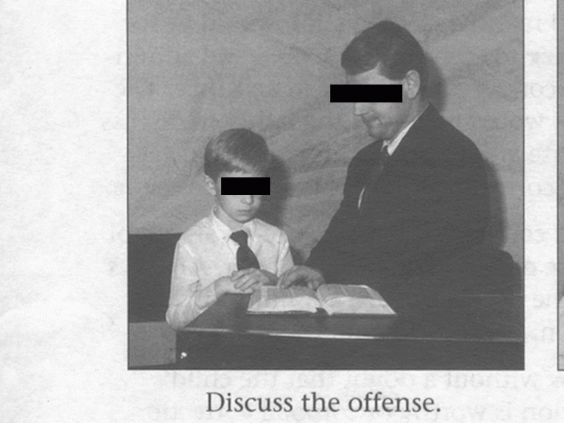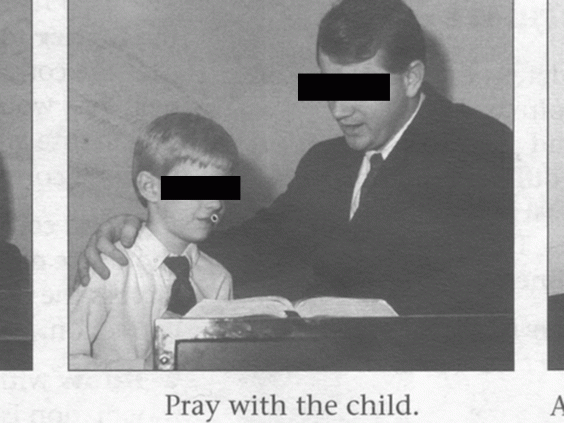
Abortion Opponents – Power, Control, and Hypocrisy

While Evangelical Christians and Republican Presidential Candidates tout superior morality as a rational for their opposition to abortion, the history of religious views on this issue and its use to gain political power and control reveal morality places a distant third.
The Bible’s Support of Abortion and Killing Fetuses
The Christian Old Testament is replete with its lack of reverence for either a woman’s body or the life that is growing inside her. Many scholars have long indicated that the ritual undertaken below for a suspected adulterous wife might very well have been the administration of an abortifacient. Previous translations of the original Hebrew attempted to blur the clarity of this curse. The widely accepted New International Version does not.
But if you have gone astray while married to your husband and you have made yourself impure by having sexual relations with a man other than your husband”—here the priest is to put the woman under this curse—“may the Lord cause you to become a curse among your people when he makes your womb miscarry and your abdomen swell. May this water that brings a curse enter your body so that your abdomen swells or your womb miscarries. (Numbers 5: 20-22 NIV)
The following verse, one of many, shows the utter disdain of God’s chosen people for women and their fetuses.
At that time Menahem, starting out from Tirzah, attacked Tiphsah and everyone in the city and its vicinity, because they refused to open their gates. He sacked Tiphsah and ripped open all the pregnant women. (2 Kings 15:16 NIV)
And when God gets mad at Israel, what does he use as punishment?—killing of unborn fetuses.
Give them, Lord—what will you give them? Give them wombs that miscarry and breasts that are dry. (Hosea, 9:14 NIV)
Early Christianity Supported Abortion
The early Christian church did not recognize the fetus to be a person (defined as ensoulment) until after the quickening, the time at which a woman could first feel the fetus moving inside of her, defined today at approximately 18-20 weeks. Thomas Aquinas, a Catholic friar from the 13th century who later achieved sainthood, defined life as beginning after forty days of gestation. These views continued well into the 19th century. Even the Catholic Church permitted abortion up until quickening prior to 1869.
Nineteenth Century Move to Make Abortion Illegal – Role of Doctors
Starting in the mid-1800’s, states began to restrict and/or prohibit abortion. There were several factors that prompted this action. The first involves the fact that abortions were predominantly performed by unlicensed women. Even though the Catholic Church through its promulgation of the Malleus Malleficarum in the 15th century killed hundreds of thousands of people, mainly women, on accusations of witchcraft when doctors sought to enter the medical profession, midwives and women healers still persisted. Recipes for herbal abortifacients were passed on from generation to generation. This information is available even today and can be found with a simple Google search. In the mid-19th century, one famous abortionist, Madame Restell in New York, advertised her services in the local newspapers. The ads were couched in somewhat veiled language such as treatment for “suppression of those functions of nature” that any woman understood to be the termination of a pregnancy. Male doctors (no woman was admitted to formally study medicine in the United States until 1847) first attempted to limit abortions through state law to put untrained doctors, midwives and herbal healers out of business. While they were somewhat successful, the formation of the American Medical Association in 1849 substantially increased their clout. While touting the morality of their actions to make abortion illegal, some of their comments reveal their desire to eliminate competitors. What is also interesting in the following quote from the 1857 reports of the AMA is the castigation of drugs, which of course today is one of the mainstays of medical healing.
Every phase of quackery is characterized by an over-weening faith in drugs, and a delusive confidence in specifics, inspired by the brazen effrontery of the charlatans who “by this craft have their gains,” and who employ themselves in encouraging the people to become, with the aid of their new system of drugging, “everyone his own doctor.”
And of course, women were judged unable to make an intelligent decision about their bodies on their own.
If each woman were allowed to judge for herself in this matter, her decision upon the abstract question would be too sure to be warped by personal considerations, and those of the moment. Woman’s mind is prone to depression, and, indeed, to temporary actual derangement, under the stimulus of uterine excitation, and this alike at the time of puberty and the final cessation of the menses, at the monthly period and at conception, during pregnancy, at labor and during lactation; a matter that also seems to have been more thoroughly investigated by the authority I have so freely drawn from in reference to the question of abortion, than by any other writer in this country.
Nineteenth Century Move to Make Abortion Illegal—Women’s Suffrage Movement Backlash
The mid-19th century saw two major social movements—the first led to the abolition of slavery and the second led to a constitutional amendment to give women the right to vote. The women’s suffrage movement sought not only to secure the vote, but also to emphasize a broader role for women. Educational opportunities for women increased and women sought employment in new fields and professions. But this change was not welcomed by those who still thought that women’s role was in taking care of the household and raising children. Frederick Engels, a socialist in 19th century England, pointed out the support this role gave to burgeoning capitalism. The woman kept the male fed and clothed and gave birth to more workers. It is not a coincidence that attempts to make abortion illegal coincided with women’s desire to break out of the traditional role of mother and wife. Our Bodies, Ourselves, a seminal work from the 1960’s women’s movement, sums it up well. “Antiabortion legislation was part of an antifeminist backlash to the growing movements for suffrage, voluntary motherhood, and other women’s rights in the 19th century.”[1]
Nineteenth Century Move to Make Abortion Illegal—Fear of Immigrants
Dr. Horatio Storer, responsible in large part for the AMA’s resolution against abortion also provided evidence of another factor in the fight to make abortion illegal—fear of the new wave of immigrants. “Shall” these regions, he asked, “be filled by our own children or by those of aliens? This is a question our women must answer; upon their loins depends the future destiny of the nation.”[2] Immigration to the United States reached its peak in the 1850’s. A large share of these immigrants were Catholics from Germany and Ireland.[3] Not dissimilar to today’s attempts to limit Muslim immigration, people feared the Catholics were taking over the country. Making abortion illegal would have the effect, ostensibly, of producing more Protestant children. Physicians, eager to eliminate competitors, coupled their pleas to white, native-born legislators’ fears of “losing political power to Catholic immigrants and women.”[4] The Quiverfill sect today has the same goal in mind—populate the earth with people who adhere to your religious views, in their case Christian fundamentalists.
Various measures were used to make abortion illegal, most importantly state laws. At the time of the passage of Roe v. Wade in 1973, abortion was completely illegal in 30 states with the remaining 20 having some form of restrictions. The first state to restrict abortion after quickening was Connecticut in 1821. In 1873, the Comstock Act was passed which made it illegal to send information by mail about abortion. By 1890, most states prohibited abortion unless it involved saving the life of the mother.[5]
An interesting twist to the 19th century history of abortion is that juries often refused to convict either abortionists or women who chose abortion. Abortion was part of the culture of U. S. society and it continued in spite of prohibitions as it did throughout the 20th century as well.
It must be said that there were also other issues that moved people to outlaw abortion in the 19th century, they just weren’t the dominant ones. Some cited the dangers of the procedure as part of their concern even though other surgical procedures were just as risky. Others used religion citing that “God by His eternal “fiat,” at the moment of conception, creates and breathes into the product of that conception a living soul.”
Rise of Abortions during Great Depression
The Great Depression of the 1930’s caused widespread hardship throughout the United States. Without enough food and shelter for adults, additional children put women over the breaking point. The rate of abortions increased during this time and prompted discussion of a change to the current abortion laws. As an example, “in 1939, 68 percent of medical students in the U.S. reported that they would be willing to perform abortions if they were legal.”[6] As Ricky Solinger discovered in his research for an essay on abortion in the second half of the 20th century, “before the war many women had found cooperative doctors, as evidenced by the vast number of approved medical indications for ‘therapeutic abortion’ (a list that kept expanding through the 1930s).” In addition, a poll in 1937 found that nearly 80% of women supported birth control and prompted the AMA to abandon its official opposition to birth control.
The End of World War II Sent Women Back to the Home
While there had been a trend to allow abortion even in medical clinics throughout the 1930’s and 40’s, that all changed when the men came back from the war. If you have ever watched the movie “Rosie the Riveter” about women’s place in the workplace during the war, you will remember the woman welder who just wanted to keep on with her work after WWII. It was not meant to be. Not only she, but many other women, were forced out of their war era jobs and expected to go back to their homes to take care of their husbands and have kids.
Thus it is not surprising that this era saw an increased prosecution of abortionists and an increasing portrayal of women who sought abortions as sluts. To quote Solinger again, “To promote their defensive ends, the men who ran the show almost always adopted an offensive mode: cryptoporn, titillating the crowd while at the same time provoking shame and repugnance.”
Thalidomide, NOW, and NARAL
In the 1960’s, a drug, thalidomide, taken to prevent morning sickness and nausea, tragically caused thousands of birth defects in babies born to mothers who had taken the drug. This caused many to rethink their opposition to abortion. During this same decade, the women’s movement spawned the National Organization for Women led by Betty Friedan and the National Action Rights Abortion League. Fighting against a history of women’s bodies as someone else’s property, women began to speak out about reproductive freedom resulting in the passage of the landmark Roe v. Wade decision in 1973.
Republican Strategy
While Catholics had been opposed to abortion at all stages of pregnancy since the late 19th century, other religious groups had remained divided on the issue. Certainly there were those who spoke out about abortion from a religious perspective, but this was not the dominant voice in conservative politics. The November 8, 1968 edition of Christianity Today, the leading evangelical magazine, contained several articles on reproduction including abortion. The issue contained what was called “A Protestant Affirmation” that stated: “Whether or not the performance of an induced abortion is sinful we are not agreed, but about the necessity of it and permissibility for it under certain circumstances we are in accord.”[7]
In 1971, the Southern Baptist Convention passed a resolution calling for “legislation that will allow the possibility of abortion under such circumstances as rape, incest, clear evidence of fetal abnormality, and carefully ascertained evidence of the likelihood of damage to the emotional, mental, and physical health of the mother.”[8] This is a fairly liberal view of the right to an abortion.
At this time, prior to the 1973 Roe v. Wade decision, the majority in both political parties supported the right to abortion. As Jill Lapore, a frequent writer on the subject of abortion for The New Yorker explains, “In June of 1972, a Gallup poll reported that sixty-eight per cent of Republicans and fifty-nine per cent of Democrats agreed that ‘the decision to have an abortion should be made solely by a woman and her physician.’ Fifty-six per cent of Catholics thought so, too.”[9]
In the early 1970’s many mainstream Republicans like Richard Nixon were pro-choice. But his advisors convinced him to change his views in order to win re-election. But it was Republican political strategies in two elections that made abortion the divisive issue it is today. From an article in the New Yorker in 2011 comes the following analysis.
In 1970, the year Nixon signed Title X, the Department of Defense adopted a policy that doctors on military bases could in some instances perform abortions. In 1971, Patrick Buchanan wrote a memo recommending that the President reverse that policy, as part of a strategy to insure that George McGovern (the candidate Nixon wanted to run against) would defeat Edmund Muskie for the Democratic nomination. Observing that abortion was “a rising issue and a gut issue with Catholics,” Buchanan wrote, “If the President should publicly take his stand against abortion, as offensive to his own moral principles . . . then we can force Muskie to make the choice between his tens of millions of Catholic supporters and his liberal friends at the New York Times and the Washington Post.” A week later, in a statement to the Department of Defense, Nixon borrowed the language of the Catholic Church to speak of his “personal belief in the sanctity of human life—including the life of the yet unborn.”
The strategy worked and Nixon was reelected in November of 1972. A similar strategy proved fruitful in Iowa as well in the 1978 U. S. Senate election. Randall Balmer was a pastor’s son from Iowa. In a longer analysis of politics in Iowa, he states the following.
Iowa, in fact, served as the proving ground for abortion as a political issue. Until 1978, evangelicals in Iowa were overwhelmingly indifferent about abortion as a political matter. Even after the Roe v. Wade decision of 1973, most evangelicals considered abortion a “Catholic issue.” The Iowa race for U.S. Senate in 1978 pitted Dick Clark, the incumbent Democrat, against a Republican challenger, Roger Jepsen. All of the polling and the pundits viewed the election an easy win for Clark, who had walked across the state six years earlier in his successful effort to unseat Republican Jack Miller. In the final weekend of the 1978 campaign, however, pro-lifers (predominantly Catholic) leafleted church parking lots all over the state. Two days later, in an election with a very low turnout, Jepsen narrowly defeated Clark, thereby persuading Paul Weyrich and other architects of the Religious Right that abortion would work for them as a political issue.
Finally, in the late 1970’s, the Moral Majority movement, led by Jerry Falwell, brought together both social and economic conservatives around a supposedly pro-family agenda. Their targets included “gay rights, sexual freedom, women’s liberation, the E.R.A., child care, and sex education.” One of the key strategists, Paul Weyrich, stated clearly why abortion was included. This was “the issue that could divide the Democratic Party.” Paul Brown, the founder of the American Life League, stated in 1982, “Jerry Falwell couldn’t spell ‘abortion’ five years ago.”[10]
- Hypocrisy
The hypocrisy of the Right’s use of abortion as a political issue is exacerbated by the other positions it takes that seem diametrically opposed to a concern for children. Republicans in Congress have sought to reduce or eliminate funding for Planned Parenthood even though no federal funding is provided for abortion services. Instead, this move would eliminate health services to women and men for STD screening, access to birth control, and information on sex education and family planning. Research has shown that use of contraceptives available today drop the abortion rate by over ninety percent.
Republicans have often sought to eliminate or reduce food stamps (the SNAP program) that provide nutrition for families including their children. Temporary assistance programs for families (TANF) are also a target of budget cuts. These programs provide needed support to families with children where parents do not have the means to provide for themselves and their children.
Other programs that come under attack are sex education in the public schools. 26 states currently require abstinence-only to be taught as the best method in sex education classes. Research shows that abstinence-only sex education does not reduce sexual activity or prevent teen-age pregnancy. Instead it simply leaves young people unprepared to take adequate measures to assure conception does not occur. Bristol Palin, now the mother of two children born out of wedlock, earned hundreds of thousands of dollars advocating for abstinence education proving just how ineffective the program is.
The attacks on doctors who perform abortions and attacks on legal clinics where abortions are performed number in the thousands. The November 27, 2015 rampage at the Colorado Springs Planned Parenthood facility by alleged gunman killed three people and wounded nine more is simply the latest violence spurned by the anti-abortion rhetoric, particularly targeted by Congress against Planned Parenthood based on highly-edited video footage.
Finally, there is the hypocrisy of the gulf between the doctrine of the churches and the practices of the parishioners. The Freedom from Religion Foundation latest newsletter just reported that
A survey done by LifeWay, a Christian research group, shows that 70% of women who had abortions indicated their religious preference is Christian, including 25% who are Catholic. According to the survey, 76% of the 1,038 women surveyed said the church had no bearing on their decision. Only 7% discussed their abortion decision with someone at church.
I first got involved with writing my book, Women Beyond Belief: Discovering Life without Religion (Fall 2016), and creating this blog because of the U. S. Supreme Court decision in Burwell v. Hobby Lobby that allowed a religious exemption for this privately held company so that it did not need to provide certain forms of birth control for its employees. I will continue to work to make people aware of the intrusion of religion into the lives of men and women in this country. I am a woman. It is my body. It is not the property of the state. Period.
Karen L. Garst
[1] http://www.feminist.com/resources/ourbodies/abortion.html
[2] http://www.theatlantic.com/past/docs/issues/97may/abortex.htm
[3] https://en.wikipedia.org/wiki/History_of_immigration_to_the_United_States#Immigration_1850_to_1930
[4] http://www.theatlantic.com/past/docs/issues/97may/abortex.htm
[5] http://www.chicagotribune.com/sns-abortion-timeline-story.html
[6] Leslie J. Reagan, When Abortion Was a Crime: Women, Medicine, and Law in the United States, 1867-1973 (Berkley, CA: University of California Press, 1996), p. 134.
[7] http://www.faithstreet.com/onfaith/2013/01/22/roe-v-wade-anniversary-how-abortion-became-an-evangelical-issue/11238
[8] Ibid.
[9] http://www.newyorker.com/magazine/2011/11/14/birthright-jill-lepore
[10] John Gehring, The Francis Effect: A Radical Pope’s Challenge to the American Catholic Church (Lanham, Maryland: Rowman and Littlefield, 2015) p. 68

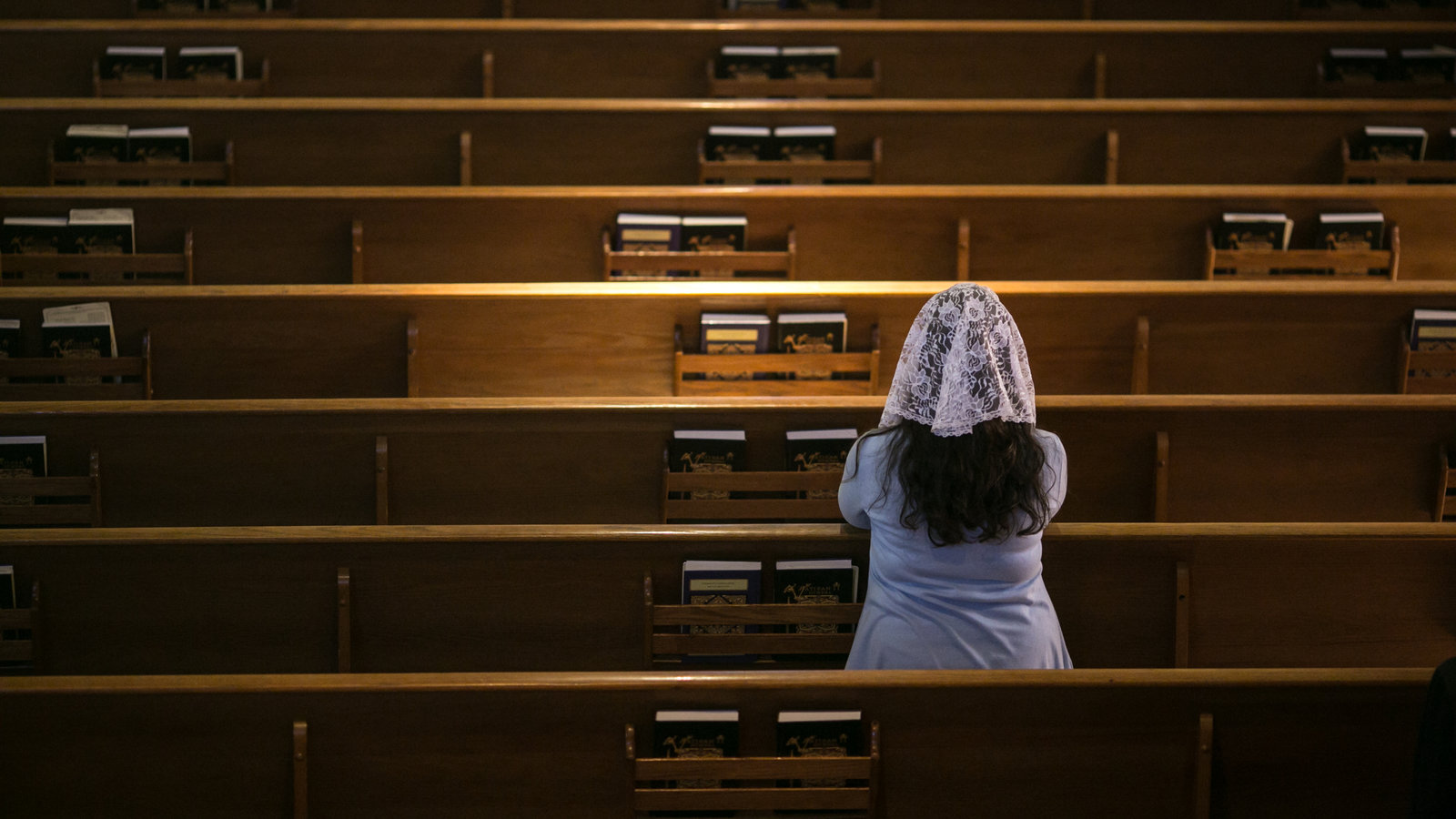

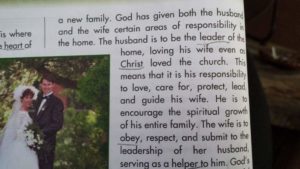 Reddit users identified this as a PACE–Packet of Accelerated Christian Education.
Reddit users identified this as a PACE–Packet of Accelerated Christian Education.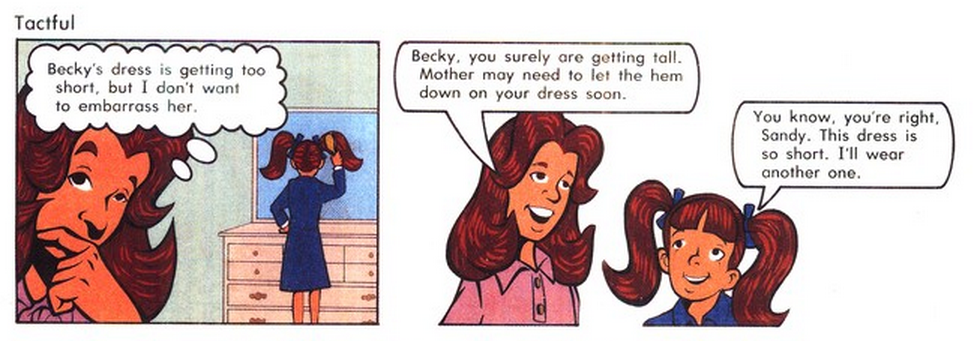




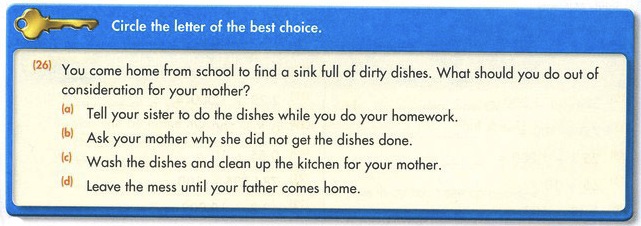

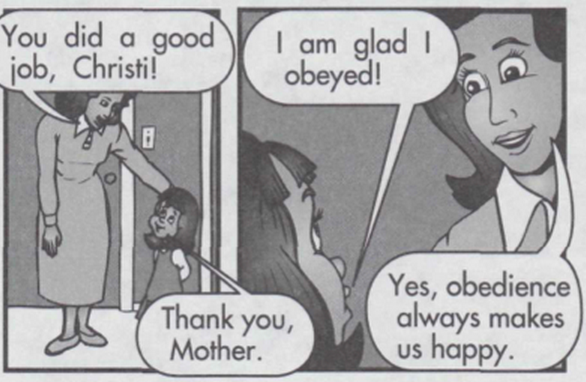

 ACE Sex Education
ACE Sex Education